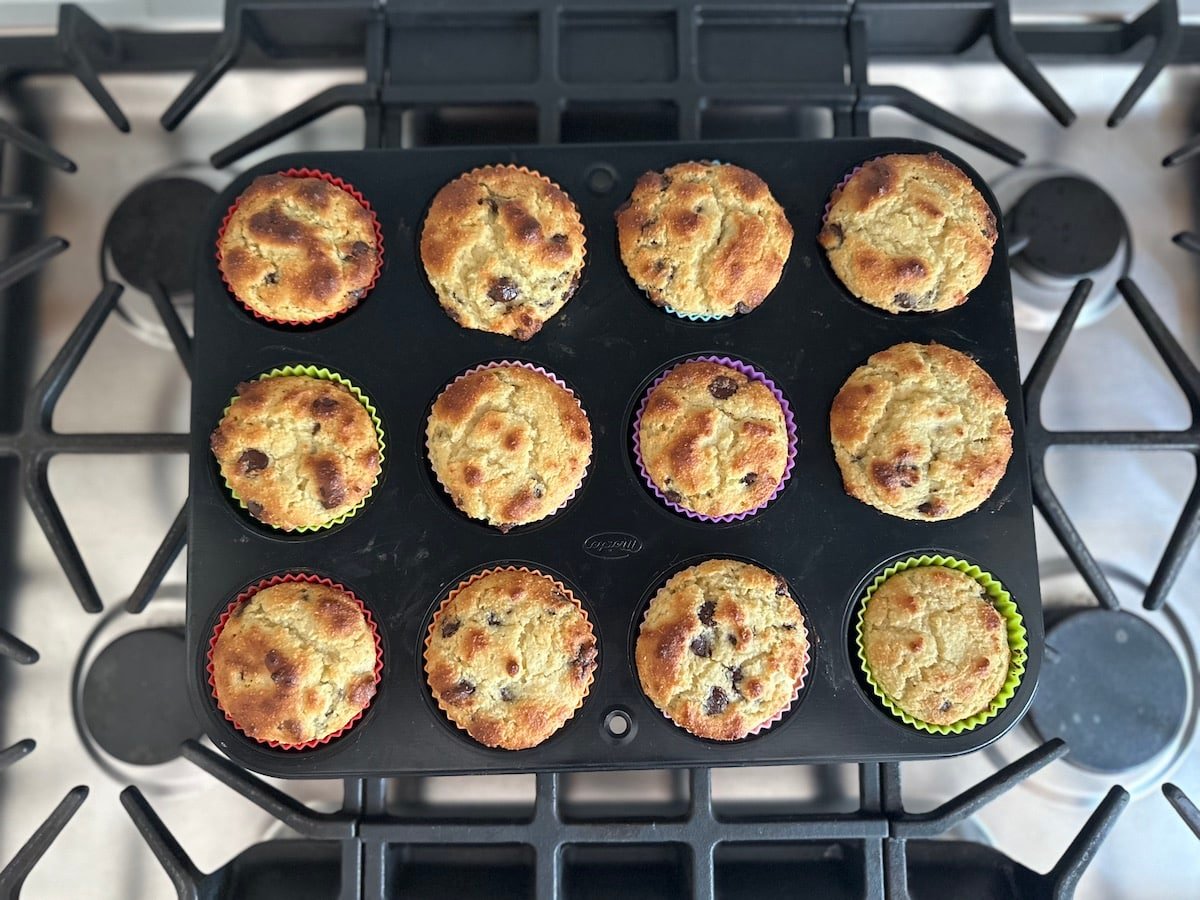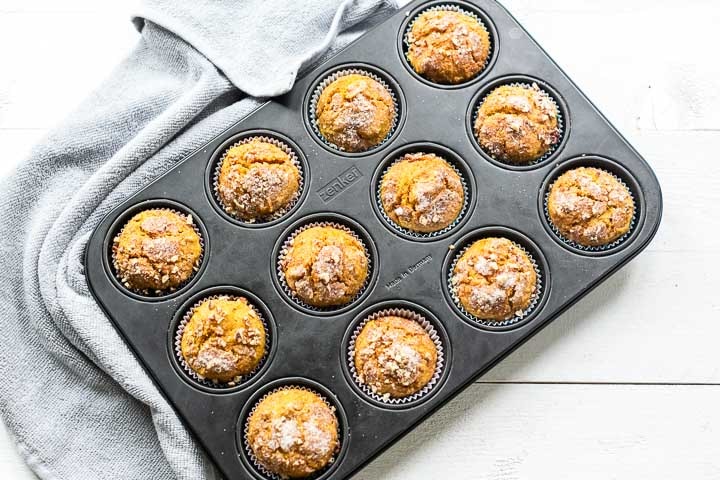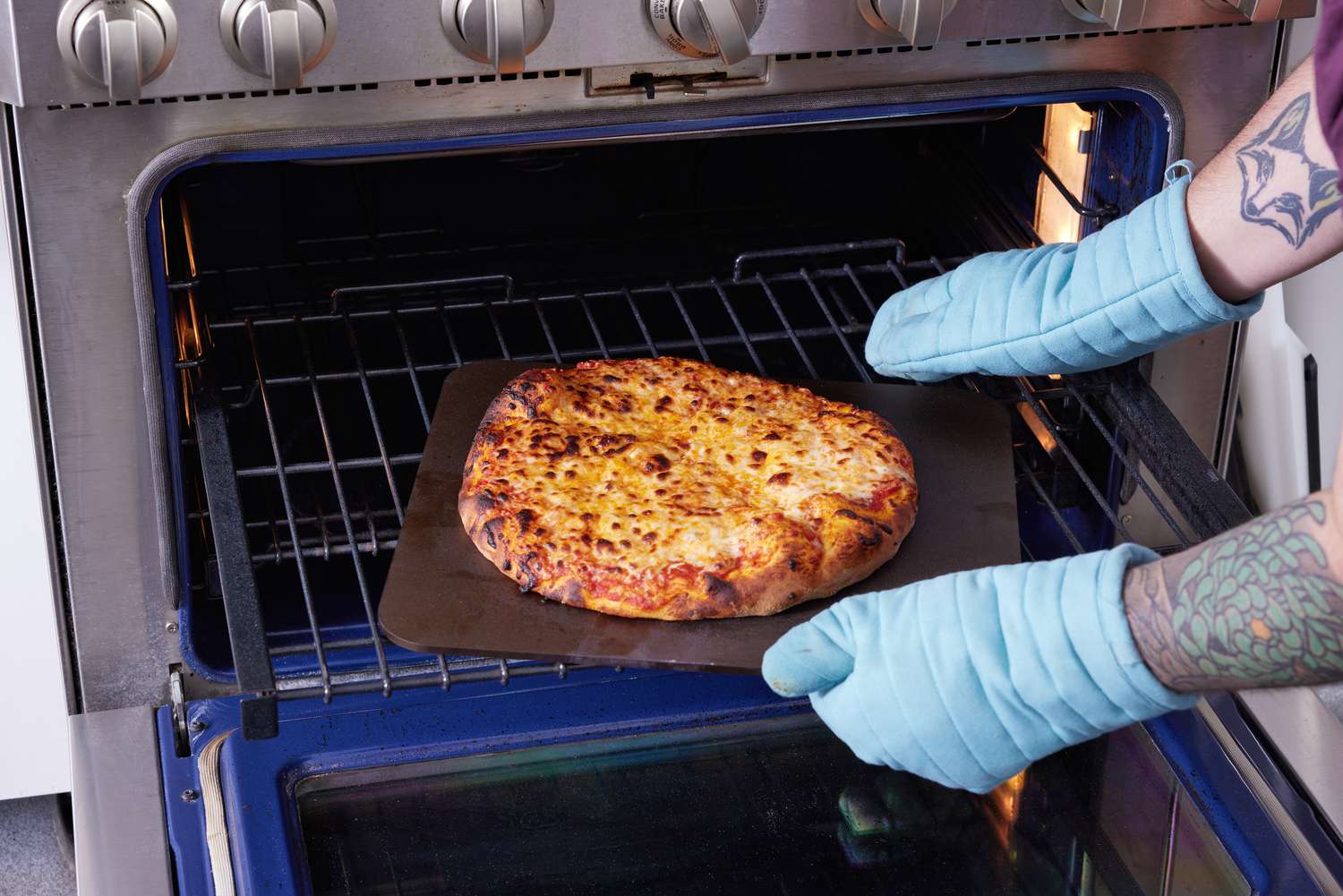If you're a kitchen professional, you understand the importance of maintaining your tools. A well-maintained cast iron muffin pan is no exception, offering exceptional heat retention and a non-stick surface when properly greased. Learning how to grease a cast iron muffin pan is vital for anyone looking to keep their cookware in pristine condition.
In this comprehensive guide, well delve into the nuances of greasing your cast iron muffin pan, ensuring it remains a staple in your kitchen for years to come. Whether you're a seasoned chef or a culinary enthusiast, mastering this skill will elevate your baking game and help you create perfectly baked muffins every time.

Understanding Cast Iron Muffin Pans
Cast iron muffin pans have been a kitchen favorite for generations, revered for their durability and superior heat distribution. Unlike modern nonstick pans, cast iron requires a bit more care, but the results are worth the effort. Proper greasing not only prevents sticking but also enhances flavor and develops a natural patina over time.
For those new to cast iron, its important to note that using the right greasing technique can make all the difference. A well-greased pan ensures muffins that release effortlessly and boast a delightful crust. For more insights into the benefits of cast iron, explore our article on New vs. Vintage Cast Iron Muffin Pans.
Choosing the Right Grease
The type of grease you use can greatly impact the performance of your cast iron muffin pan. Options include butter, oil, or shortening, each offering unique benefits. Butter imbues your muffins with a rich flavor, while oil provides a more neutral taste and is easier to spread. Shortening, on the other hand, offers a high smoke point, making it ideal for high-temperature baking.
For a detailed comparison between butter and oil, check out our article on Butter vs. Oil in Cast Iron Muffin Pan.
Step-by-Step Greasing Process
1. Preheat the Pan: Start by placing your cast iron muffin pan in a warm oven for a few minutes. This helps open the pores of the cast iron, allowing it to absorb the grease more effectively.
2. Choose Your Grease: Select your preferred greasing agent. If using butter, ensure its at room temperature for easy application.
3. Apply Evenly: Using a pastry brush or a clean cloth, apply a thin, even layer of grease to each cup of the muffin pan. Ensure every surface is covered to prevent sticking.
4. Remove Excess: Once the grease is applied, use a paper towel to wipe away any excess. This prevents pooling and ensures an even coating.
5. Heat the Pan Again: Return the greased pan to the oven for a few minutes. This step helps the grease set, creating a natural non-stick layer.
Common Mistakes to Avoid
Greasing a cast iron muffin pan might seem straightforward, but there are common pitfalls to watch out for. Avoid using too much grease, as this can lead to sticky residues. Similarly, applying grease unevenly can cause your muffins to stick in certain spots.
For additional tips on preventing food from sticking, visit our guide on How to Avoid Food Sticking.
Maintaining Your Cast Iron Muffin Pan
Consistent maintenance is key to extending the life of your cast iron muffin pan. After each use, clean the pan with warm water and a soft sponge. Avoid using soap, as it can strip the seasoning. Dry thoroughly and apply a thin layer of oil before storing.
To learn more about achieving the perfect muffin texture, explore our article on How to Get Crispy Edges in Muffins.

FAQ Section
Why is greasing important for cast iron muffin pans?
Greasing is essential as it prevents muffins from sticking and contributes to the development of a natural non-stick surface over time.
Can I use parchment paper liners?
While parchment paper liners can be used, they are not necessary if your pan is well-seasoned. For more on this, check our article on Do You Need Paper Liners?.
What is the best grease for high-temperature baking?
Shortening is a great option for high-temperature baking due to its high smoke point.
For additional recipes and creative uses for muffin pans, visit 50 Things to Make in a Muffin Pan.
This article contains affiliate links. We may earn a commission at no extra cost to you.






Leave a comment
This site is protected by hCaptcha and the hCaptcha Privacy Policy and Terms of Service apply.